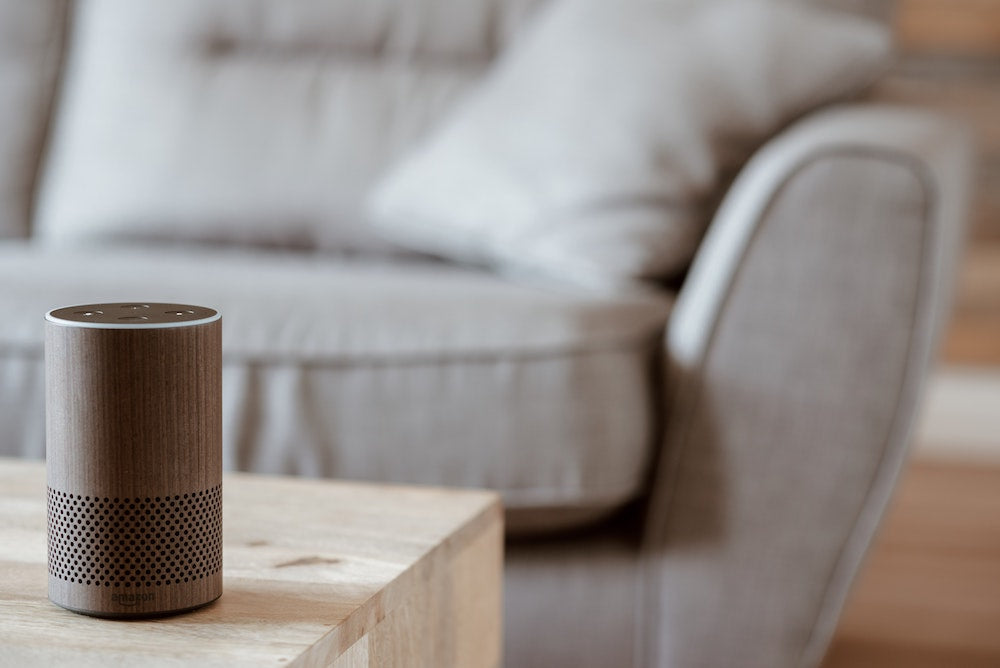
5 questions to ask yourself before investing in smart home technology
If you’re considering buying a new smart home device, it’s important to first understand how that device will fit into your home ecosystem, and if it is a good fit for your lifestyle. Use this easy checklist to make sure your purchase is more than an impulse buy.
1. Will this device integrate with my existing home setup?
Whether your current network has ten active devices on it or two, it’s important to know with any new purchase if the device is compatible, and able to operate in sync with the other devices that are already installed in your home. Along with that, think about how these devices will need to be managed, or if they can all be accessed through a singular app or hub. The priority for smart home devices should always be interoperability, that is, the devices working smarter so that you don’t have to work harder to manually control them.
2. What is my main goal with adding smart technology to my home?
Is it comfort? Energy savings? Making your home more secure? Adding entertainment options? Whatever the goal, that should always drive decision making for new investments. For example, if your goal is to increase home security, investing in smart lights and automated window blinds first is more practical than splurging on a fancy smart speaker to start. The key is to build a foundation to your smart home network based on your main goal, then expand from there.
3. Which hub do I plan to start with (or what hub do I already own)?
A smart home hub bridges the gap between how smart devices communicate, giving you more freedom, flexibility and control when programming your devices. We recommend the SmartThings or Hubitat hubs because they allow all devices to communicate with one another, even if they run on different protocols. Voice assistants like Alexa and Google Home act as hubs for Wi-Fi devices but do not support multiple protocols. Knowing this up front can help with planning the entire home ecosystem rather than buying the hub then trying to figure out which devices are compatible.
4. What is the commitment involved with installing and maintaining this device?
Technology comes with both setup and maintenance, so take that into consideration before purchasing any devices. Can the install process be done on your own or will you need to hire a professional? Are the monthly costs associated with the device? What about maintenance? It is true that every device will have an upfront time investment with the install process, but having a realistic perspective can help with avoiding any unexpected troubleshooting or costs.
5. What features and benefits does my family need most?
Investing in smart home technology is no small feat, that’s why it is important to determine what will receive the most use and have the most value in your home. For example, investing in a smart refrigerator might seem like a large cost, but if benefits like being able to see what’s in the fridge while grocery shopping and getting reminders when the milk is low would be beneficial to your family and fit your overall goal for smart technology (whether convenience or energy savings), then it could be a worthwhile investment. If you’re new to smart home automation, before splurging on larger items, we suggest focusing on devices that will solve an everyday problem like adding smart lights if your family has a hard time with turning off all the lights when it is time for bed.
Leave a comment
Comments will be approved before showing up.



